OSRAM E14 LED Lamps Dimmable
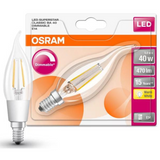
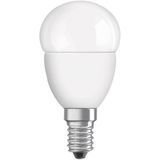
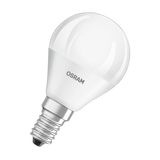
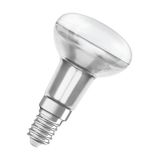
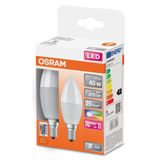
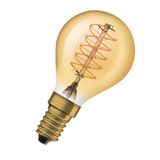
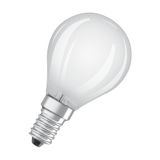
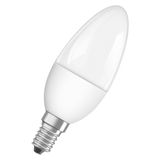
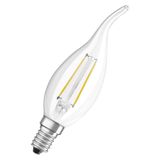
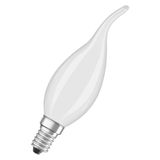
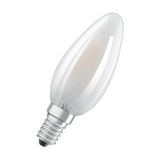
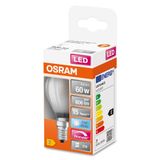
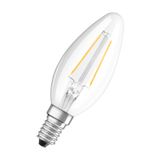
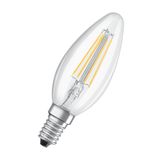


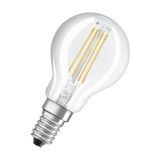

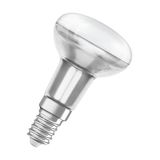




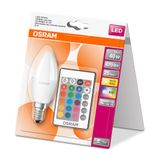





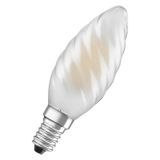
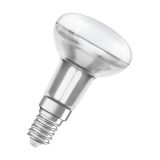
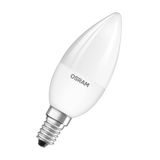
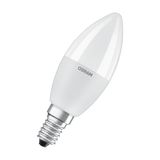
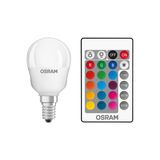
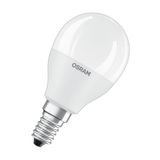
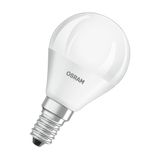
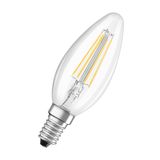
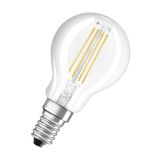
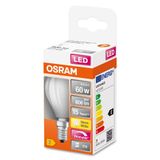
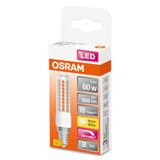
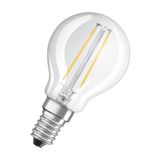
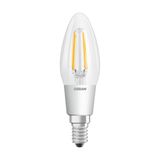





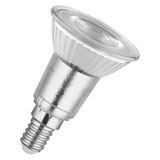
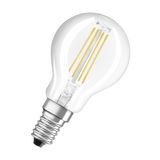
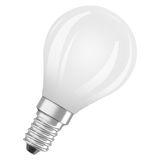
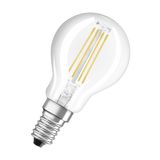

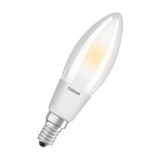
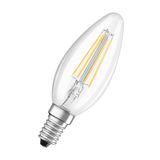


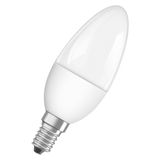
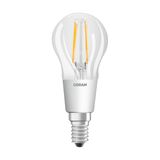


-
-
1
- 2
-
OSRAM E14 LED Lamps Dimmable – Professional Retrofit Solutions for Controlled Lighting
Dimmable E14 LED lamps from OSRAM are used across technical and decorative installations where compact fittings meet adjustable lighting needs. They are particularly common in display cabinets, hospitality environments, and compact luminaires where precision dimming and visual comfort matter for both aesthetics and efficiency.
E14 Dimmable LEDs in Professional Applications
The E14 base, also known as the small Edison screw (SES), is standard for narrow fixtures, chandeliers, and modular luminaire systems. When switching to dimmable OSRAM LED E14 lamps, procurement teams typically pursue two priorities: compatibility with existing dimmers and lifetime cost reduction.
From an engineering standpoint, these lamps combine integrated control electronics, stable colour temperature across the dimming range, and improved driver isolation. They maintain consistent brightness and flicker-free operation across 20–100 % dimming, making them suitable for environments such as hotels, restaurants, retail spaces, and architectural accent lighting.
Key technical logic:
- Compact 14 mm base suitable for confined luminaires and multi-arm fittings.
- compatibility with 220–240 V AC networks without external drivers.
- Typical lifespan range 15,000 – 30,000 h, depending on internal driver class and ambient temperature.
- Available in colour temperatures from 2,700 K to 4,000 K, with CRI ≥ 80.
- Dimmer compatibility with both leading-edge and trailing-edge systems (verify per model in technical datasheet).
- Rated power commonly between 2.5 – 7 W, depending on optical output and lens design.
- Operating temperature range: −20 °C … +40 °C, suitable for indoor and semi-protected fixtures.
Engineering Considerations for Dimmable E14 Retrofitting
In bulk upgrades or tender-based modernisations, technicians should verify the following points before specification:
- Driver Compatibility – Even though labelled “dimmable”, confirm the internal driver supports the control protocol in use (TRIAC, 0-10 V, DALI phase-cut). OSRAM E14 dimmables are typically phase-cut, ideal for retrofit without rewiring.
- Thermal Management – The smaller bulb volume of E14 fittings limits air flow. Ensure that enclosure temperature remains within datasheet limit to sustain LED driver life.
- Optical Output and Distribution – Candle-shaped or torpedo-type optics offer different beam spreads. For task or accent lighting, pick narrow beam optics (≤ 180°); for ambient, choose wide (≥ 270°).
- Colour Stability Under Dimming – Check specification for < 3 SDCM shift across dimming curve to maintain uniform tone across multiple lamps.
- Vibration Resistance – In hospitality and transport sectors, small screw lamps can loosen; consider lamps with reinforced E14 thread and vibration-tested base design.
- Power Factor and Harmonic Distortion – For multi-lamp circuits (> 30 units per line), maintain PF ≥ 0.9 and THD ≤ 20 % to prevent network interference.
- Service Access and Stocking – Due to varied optical shapes (candle, mini-globe, filament), unify SKUs within one lighting type to simplify logistics and reduce storage overhead.
Comparison Logic – Dimmable vs Non-Dimmable in B2B Projects
Parameter | Dimmable OSRAM E14 LED | Non-Dimmable E14 LED |
| Control Flexibility | Adjustable 10–100 % brightness | Fixed output only |
| Procurement Cost | Slightly higher (≈ +10–15 %) | Lower initial |
| Application | Hotels, conference halls, retail, decorative zones | Corridors, technical rooms |
| Integration Effort | Requires dimmer compatibility check | Direct replacement |
| ROI Profile | Better user comfort, longer effective lifetime through moderated use | Simplified logistics |
| Typical Issues | Flicker if dimmer mismatch | None |
In most tenders and facility upgrades, combining both types strategically—dimmables in guest-facing zones, non-dimmables elsewhere—delivers best return on cost per lumen.
How B2B Buyers Typically Evaluate OSRAM E14 Dimmable LEDs
Procurement and maintenance managers usually assess:
- Energy performance vs legacy halogen — Up to 85 % power reduction while maintaining the same luminous level.
- Batch stability — Same CCT and CRI across lots for uniform colour appearance.
- Regulatory compliance — CE, EAC, RoHS, ERP labelling needed for technical documentation.
- Operational economics — Reduced relamping cycles and fewer service interruptions in commercial venues.
- Supplier readiness — Availability of batch certificates, lead-time transparency, and warranty documentation.
Common mistakes to avoid:
- Ordering mixed batches with varying CCTs (e.g., 2700 K + 4000 K → visible tone mismatch).
- Not verifying dimmer model compatibility.
- Underestimating the need for mechanical clearance in small luminaire housings.
- Assuming filament-style lamps suit all applications — in harsh duty cycles, solid-body diffused LEDs may provide better thermal reliability.
Integration Tips for Projects and Maintenance
- Keep one unified dimmer series across rooms/floors to ensure consistent behaviour.
- In facilities using BMS (Building Management Systems), consider OSRAM E14 lamps compatible with phase-cut signal interfaces rather than low-voltage control.
- Maintain spare-lamp ratio at 5 % – 10 % of total installed volume for quick replacements.
- For new fit-outs, document lamp code, wattage, beam angle, and colour temperature in project specification sheets.
- Schedule periodic dimming tests every 6 months to detect driver degradation early
Why Source OSRAM Dimmable E14 Lamps from Bank of Lamps
Individual B2B Prices: Special offers and pricing tailored to your business volume.
Personal Account Manager: Dedicated support for technical queries and large-order management.
Stock Availability: Real-time updates from our warehouse and partner hubs.
Request a Quote Online: Receive formal quotations typically within 1 hour.
Fast Order Placement: Use EAN/MPN references for simplified procurement workflow.
Download Price Lists: Access the most current price data and technical catalogues anytime.
Lead-Time Tracking: Transparent status updates for all ongoing orders.